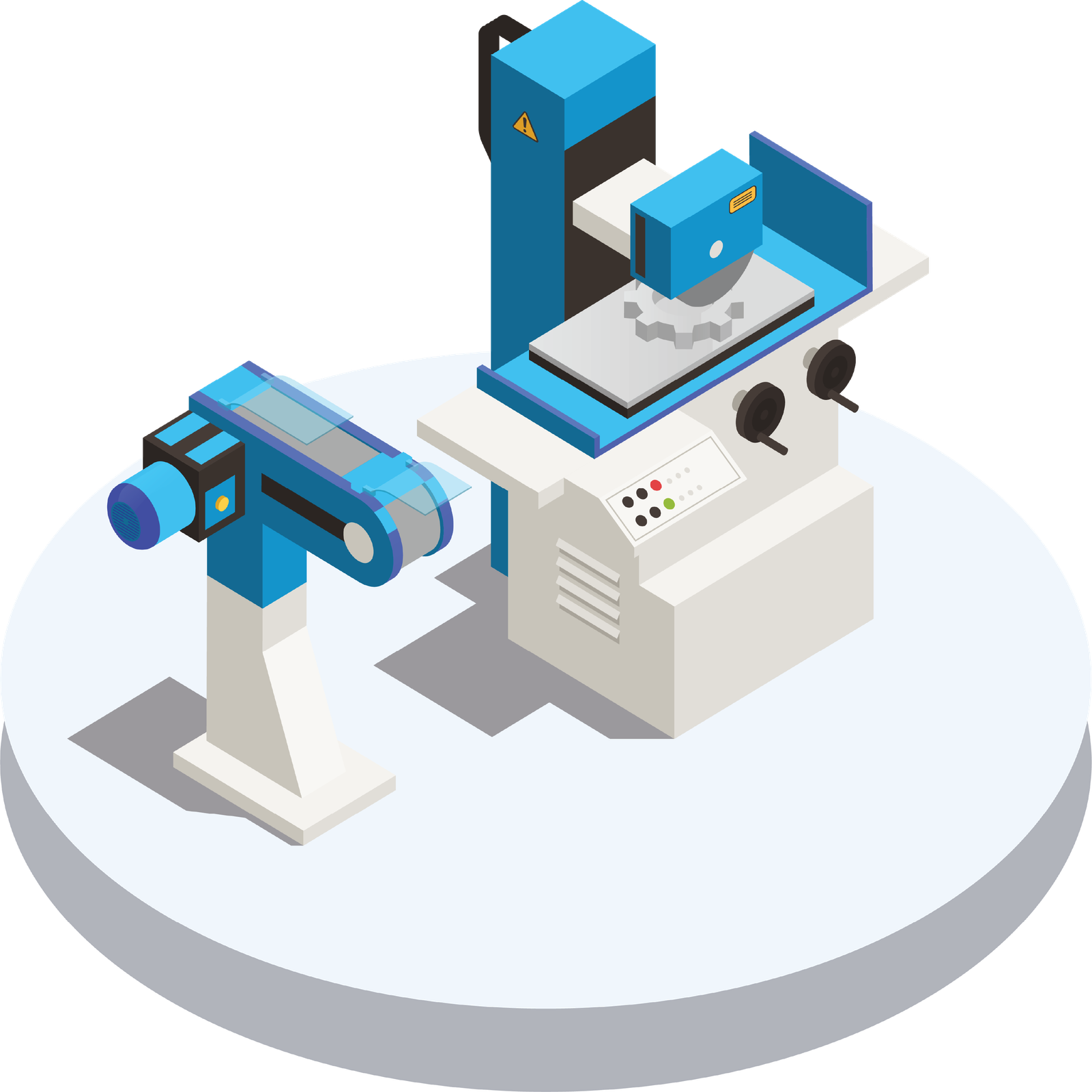CNC Routing Services by MUCISION
Get custom part quotes with our Online CNC Routing Service, delivering quick-turn prototypes and production parts within days. Enjoy fast shipping, backed by ISO 9001:2015, ISO 13485, IATF 16949:2016, and AS9100D certifications and ITAR registration.
What is CNC Routing?
-
Cutting Tool: CNC routing uses a rotating router bit, while CNC milling typically employs a rotating multi-point cutting tool called an end mill. CNC turning uses a single-point cutting tool for shaping cylindrical parts.
-
Material Orientation: CNC routing works primarily with flat or sheet materials, whereas CNC milling and turning often deal with block or cylindrical workpieces.
-
Cutting Direction: CNC routing machines operate mainly in the X and Y axes, cutting along the material’s plane. CNC milling and turning machines can move in multiple axes for more complex and three-dimensional machining.
-
Applications: CNC routing is commonly used in large-scale cutting applications, such as furniture making and sign manufacturing. CNC milling excels at precise and intricate part machining, while CNC turning is ideal for producing cylindrical or rotational parts like shafts and fittings.
Advantages of CNC Routing
Tight Tolerances
CNC routing machines offer unparalleled precision in cutting and shaping, enabling the creation of elaborate designs with tight tolerances. The computer-driven process guarantees consistent accuracy, effectively removing the inconsistencies associated with manual routing.
Versatility
CNC routing machines possess the ability to process a diverse array of materials, encompassing wood, plastic, foam, composites, and nonferrous metals. This adaptability makes CNC routing an ideal choice for numerous industries and applications, including furniture production, signage, prototyping, cabinetry, and architectural millwork.
Reproducibility
CNC routing facilitates precise and consistent reproduction of designs, guaranteeing uniformity among multiple components or batches. This reliability is particularly advantageous in industries where precision and consistency are essential, such as aerospace, automotive, and electronics.
CNC Routing Process
Mucision’s CNC routing process involves the following steps to transform your designs into finished products:
Common Materials for CNC Routing
CNC Routing Applications
-
Wooden Furniture Production
-
Signage Fabrication
-
Thermoforming Molds
-
Cabinet and Millwork Manufacturing
-
Prototyping and Product Development
-
Custom Engraving and Personalization
-
Automotive and Aerospace Component Production

Why Choose Mucision for Custom Routing?
Boundless Options
Select from an extensive range of material, finish, tolerance, marking, and certification combinations to customize your order.
User Friendly
Enjoy convenient, hassle-free delivery of your parts directly to your doorstep, eliminating sourcing, project management, logistics, and shipping concerns.
Enriched Network
Our certifications include ISO 9001:2015, ISO 13485, IATF 16949:2016, and AS9100D. Only elite CNC machine shops passing our rigorous qualification process become Suppliers.





